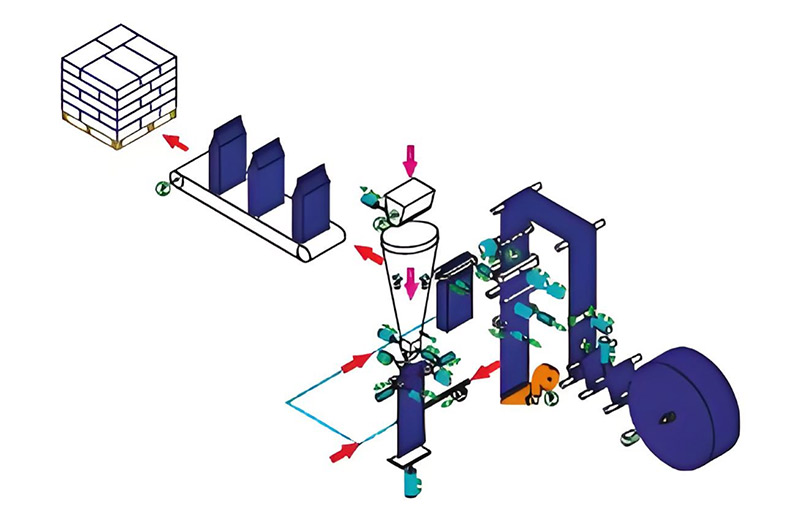When it comes to shipping a car, whether for relocation, sale, or seasonal travel, the process can be daunting. Understanding what to look out for when shipping a car is crucial to ensure a smooth experience and to protect your investment. This article will delve into the multifaceted aspects of car shipping, providing you with a comprehensive guide to make informed decisions.
- Choosing the Right Shipping Method
The first step in the car shipping process is selecting the appropriate shipping method. There are primarily two options: open transport and enclosed transport.
- Open Transport: This is the most common and cost-effective method. Vehicles are loaded onto a trailer and transported without any covering. While it is generally safe, your car will be exposed to the elements, which could lead to potential damage from weather or road debris.
- Enclosed Transport: This method offers more protection as vehicles are transported in a fully enclosed trailer. It is ideal for high-value, classic, or luxury cars. Although it comes at a higher price, the added security and protection from external factors can be worth the investment.
- Researching Shipping Companies
Not all shipping companies are created equal. Conduct thorough research to find a reputable car shipping company. Here are some factors to consider:
- Licensing and Insurance: Ensure that the company is licensed by the Department of Transportation (DOT) and has adequate insurance coverage. This protects you in case of any damage during transit.
- Reviews and Testimonials: Look for customer reviews on platforms like Google, Yelp, or the Better Business Bureau. Positive feedback and high ratings can indicate reliability and quality service.
- Experience: Choose a company with a proven track record in the industry. Experienced shippers are more likely to handle unexpected situations effectively.
- Understanding Costs and Quotes
Shipping a car involves various costs that can vary significantly between companies. When obtaining quotes, consider the following:
- Base Rate: This is the initial cost for shipping your vehicle. It can depend on factors such as distance, vehicle size, and shipping method.
- Additional Fees: Be aware of potential extra charges, such as fuel surcharges, terminal fees, or costs for expedited shipping. Always ask for a detailed breakdown of the quote.
- Payment Terms: Understand the payment structure. Some companies require a deposit upfront, while others may ask for full payment before shipping.
- Preparing Your Vehicle for Shipping
Proper preparation of your vehicle is essential to ensure it arrives in the same condition as it was shipped. Here are some steps to follow:
- Clean Your Car: A thorough cleaning allows you to inspect your vehicle for any pre-existing damage. Document any scratches or dents with photographs.
- Remove Personal Items: Take out all personal belongings from the car. Shipping companies typically do not cover loss or damage to personal items left in the vehicle.
- Check Fluid Levels and Battery: Ensure that your car’s fluids are topped off and the battery is charged. This will help avoid any issues during transport.
- Disable Alarms: If your vehicle has an alarm system, disable it to prevent it from going off during transit.
- Understanding the Timeline
Shipping a car is not an instantaneous process. Understanding the timeline can help you plan accordingly:
- Pickup and Delivery Times: Inquire about the estimated pickup and delivery dates. Factors such as distance, weather conditions, and the shipping method can affect these timelines.
- Tracking Your Shipment: Many reputable shipping companies offer tracking services. This allows you to monitor the progress of your vehicle during transit.
- Inspecting Your Vehicle Upon Arrival
Once your car arrives at its destination, it’s crucial to conduct a thorough inspection before accepting it:
- Check for Damage: Compare the condition of your vehicle with the pre-shipping photographs. Look for any new scratches, dents, or mechanical issues.
- Document Any Issues: If you notice any damage, document it with photographs and report it to the shipping company immediately. This will be essential for any insurance claims.
- Sign Off: Only sign the delivery receipt once you are satisfied with the condition of your vehicle. This protects you from potential disputes later on.
Conclusion
Shipping a car involves careful planning and consideration. By understanding what to look out for when shipping a car, you can ensure a smooth and hassle-free experience. From choosing the right shipping method to preparing your vehicle and inspecting it upon arrival, each step is crucial in safeguarding your investment. With the right knowledge and preparation, you can navigate the complexities of car shipping with confidence.

Average Rating